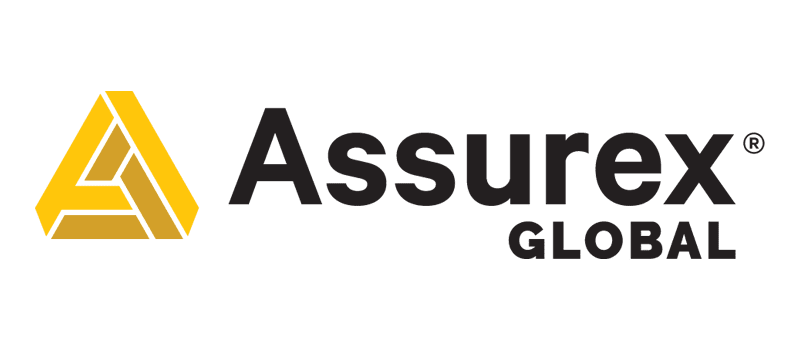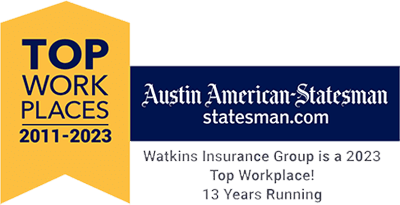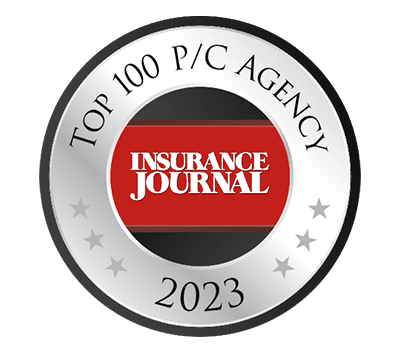The Occupational Safety and Health Administration (OSHA) keeps records not only of the most frequently cited standards overall, but also within particular industries. For the 2019 fiscal year (October 2018 through September 2019), OSHA conducted 4,687 inspections that resulted in 16,890 citations being issued to manufacturing businesses. These citations totaled over $60.2 million dollars in fines.
Here are the top 10 most frequently cited OSHA standards for manufacturing for the 2019 fiscal year.
- Control of Hazardous Energy (Lockout/Tagout) (29 CFR 1910.147) – Following minimum performance requirements for controlling energy from the unexpected start-up of machines or equipment.
- General Requirements for All Machines (29 CFR 1910.212) – Providing proper machine guarding to protect the operator and other employees from hazards.
- Hazard Communication (29 CFR 1910.1200) – Properly transmitting information on chemical hazards through a comprehensive program, container labeling, SDS and training.
- Respiratory Protection (29 CFR 1910.134) – Properly administering a respiratory protection program, selecting correct respirators, completing medical evaluations to determine which employees are required to use respirators and providing tight-fitting equipment.
- Powered Industrial Trucks (29 CFR 1910.178) – Ensuring safety of employees on powered industrial trucks through fire protection, design, maintenance and proper use.
- Wiring Methods, Components and Equipment for General Use (29 CFR 1910.305) – Using proper wiring techniques and equipment to ensure safe electrical continuity.
- General Electrical Requirements (29 CFR 1910.303) – Ensuring electric equipment is free from recognized hazards likely to cause death or serious physical harm to employees.
- Mechanical Power-transmission Apparatus – Following the general requirements on the use of power-transmission belts and the maintenance of the equipment.
- Occupational Noise Exposure (29 CFR 1910.95) – Requirements for noise protection when sound levels exceed certain permissible exposure limits.
- General Personal Protective Equipment (PPE) Requirements (29 CFR 1910.132) – Selecting the correct PPE, providing instruction, monitoring its use and maintaining the PPE to standards.
Running a business free of workplace accidents means being fully aware of the dangers that can occur. OSHA publishes this information to alert employers about commonly cited standards so they can take steps to find and fix recognized hazards addressed in these and other standards before an incident occurs.







